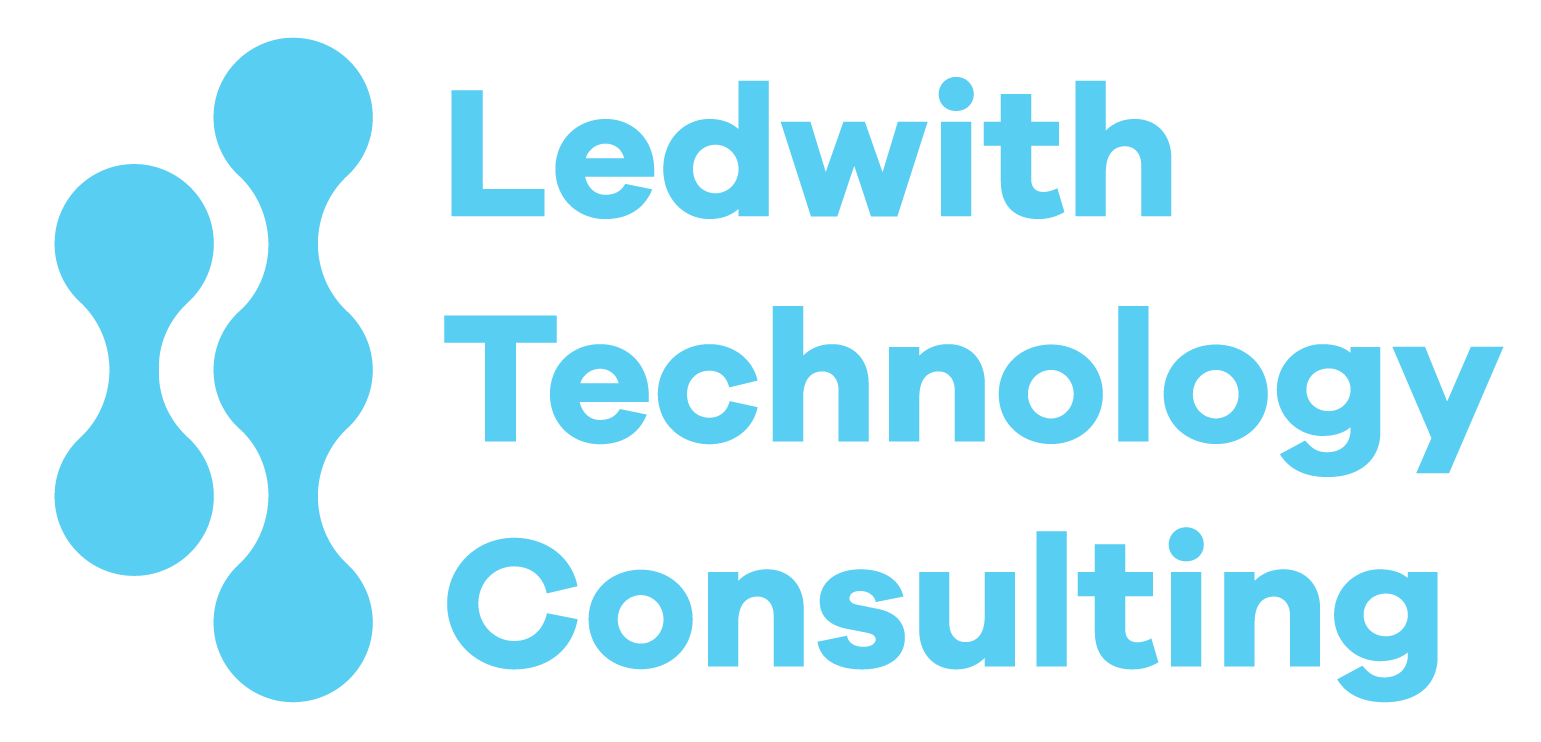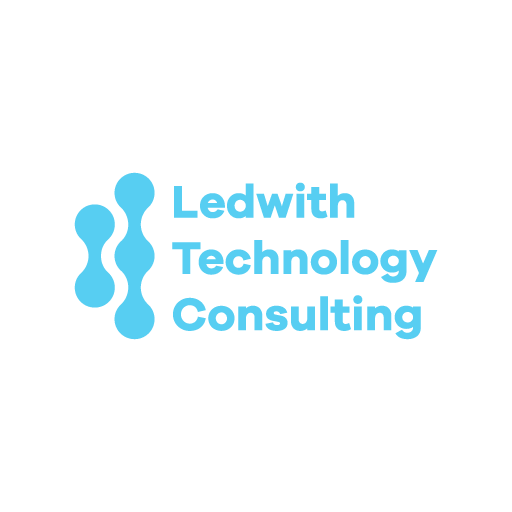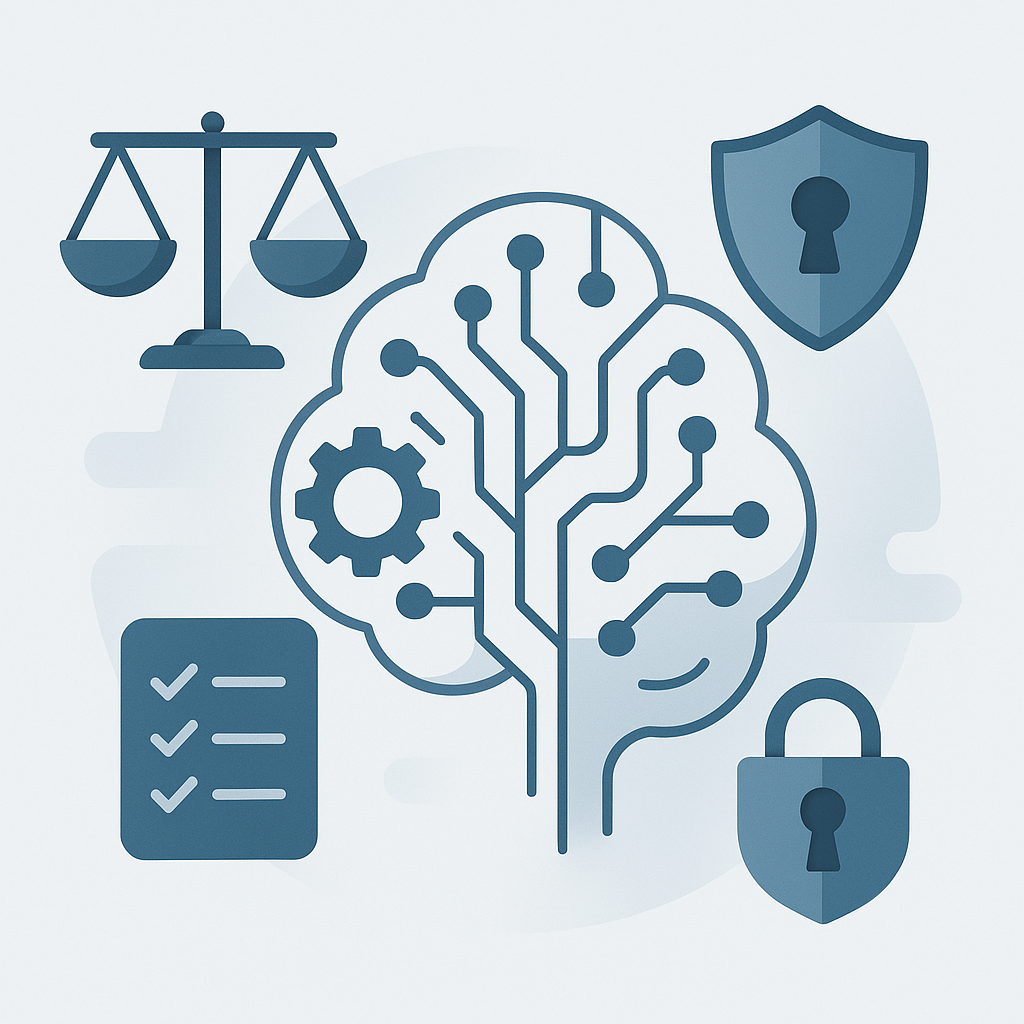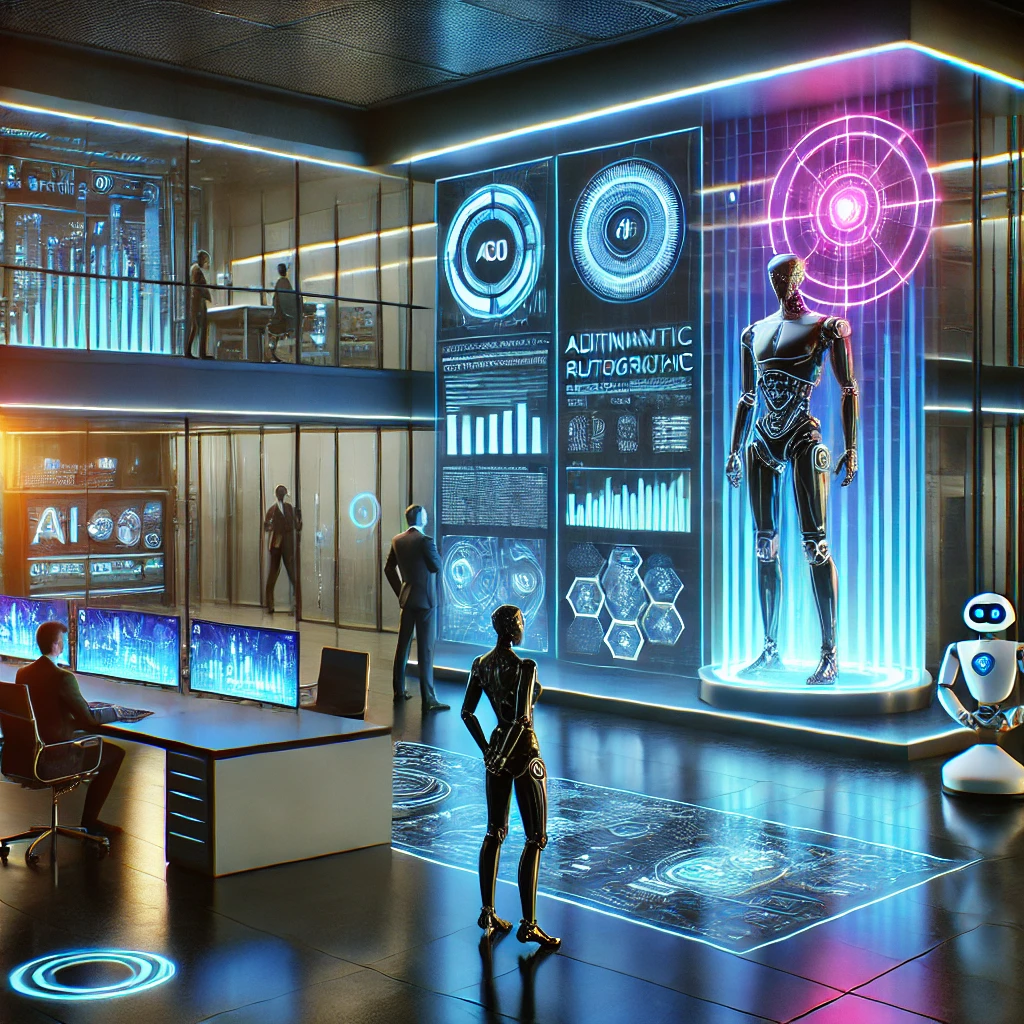By Stephen Ledwith June 11, 2025
The rapid evolution of artificial intelligence (AI) and automation is rewriting the rules of work. From real estate to finance and SaaS, industries are leveraging AI-driven workflows to boost efficiency, reduce costs, and unlock new opportunities. But while the benefits are clear, so are the challenges: job displacement, ethical concerns, and the ever-growing need for AI literacy.
So how should business leaders respond? What steps can organizations take to future-proof their workforce in an era of intelligent automation?
This article dives deep into the current state of AI in business, explores how automation is reshaping workflows, and outlines the risks, challenges, and strategies companies must embrace to thrive in an AI-powered world.
The Current State of AI in Business
AI adoption has skyrocketed in recent years, with companies integrating machine learning, natural language processing (NLP), and robotic process automation (RPA) into core business functions. Here’s how AI is already making an impact:
- 📈 AI-powered analytics: Businesses use AI-driven data analysis to make real-time, data-backed decisions.
- 🤖 Intelligent automation: RPA bots handle repetitive tasks like invoice processing, scheduling, and customer inquiries.
- 💡 AI-driven decision-making: Machine learning models predict consumer behavior, optimize supply chains, and enhance cybersecurity.
According to a 2024 McKinsey report, nearly 60% of businesses have integrated some form of AI into their operations, with that number projected to reach 80% by 2027.
Industry Snapshots: AI at Work
- 🏡 Real Estate: AI automates property valuation, market predictions, and personalized recommendations.
- 💳 Finance: AI-driven fraud detection and risk assessment are transforming banking security.
- 🖥️ SaaS: AI-powered automation tools streamline DevOps, customer service, and product development.
The AI revolution is here—but is your business ready?
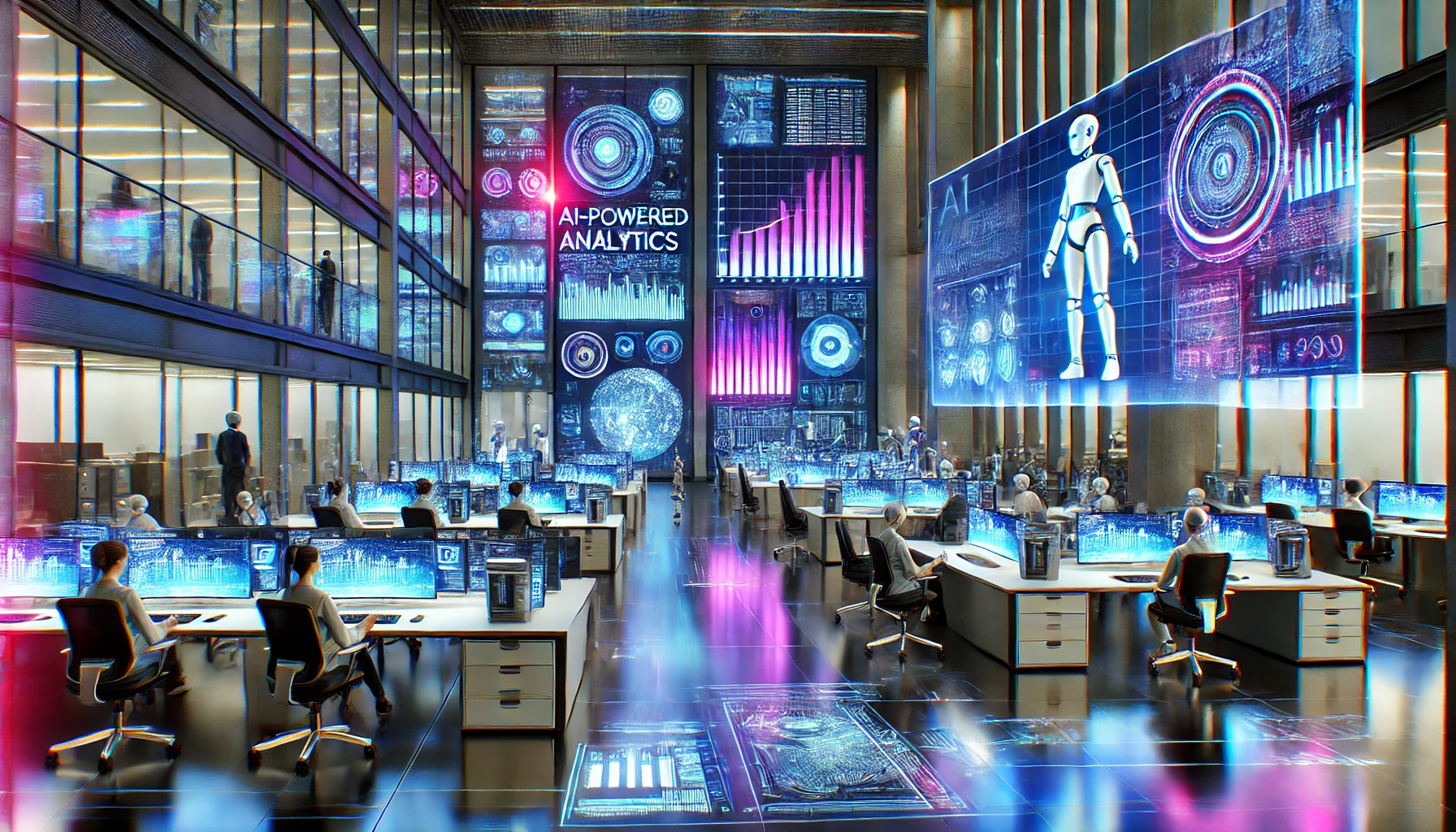
How AI is Automating Workflows Across Industries
The biggest driver of AI adoption is efficiency. Here are some of the most impactful ways AI is automating workflows today:
1️⃣ Customer Service & Support
AI chatbots and virtual assistants now handle over 70% of customer service inquiries, resolving issues faster while reducing operational costs.
Example: AI-driven chatbots at major banks have cut response times by 50%, leading to increased customer satisfaction.
2️⃣ HR & Talent Acquisition
AI-driven applicant tracking systems (ATS) are revolutionizing recruiting by screening resumes 10x faster than humans.
Example: Companies using AI-powered hiring tools report a 60% reduction in time-to-hire.
3️⃣ Sales & Marketing Automation
AI analyzes customer behavior and personalizes marketing campaigns, boosting conversion rates by 30%.
Example: E-commerce brands use AI-driven recommendation engines to increase sales by over 20%.
4️⃣ Finance & Accounting
AI automates financial reporting, risk assessment, and fraud detection.
Example: AI-powered finance platforms detect fraudulent transactions with 90% accuracy—significantly improving security.
5️⃣ Software Development & IT
AI-assisted coding and DevOps automation reduce software deployment times by 40%, accelerating innovation.
Example: AI-driven coding assistants like GitHub Copilot help developers write code 55% faster.
AI is augmenting human capabilities—not replacing them. Businesses that adopt AI strategically will gain a competitive edge in the years ahead.
The Risks and Limitations of AI in Business
Despite its benefits, AI isn’t a silver bullet. Companies must navigate several risks and challenges to ensure responsible AI adoption.
⚠️ Risk #1: Job Displacement
Automation threatens repetitive, manual jobs in industries like manufacturing, customer service, and finance.
Projection: By 2030, AI could displace up to 375 million workers worldwide—but also create new AI-driven roles.
⚠️ Risk #2: Bias in AI
AI systems inherit biases from their training data, potentially leading to unfair hiring practices or discriminatory lending decisions.
Case Study: A major tech firm faced backlash when its AI-driven hiring tool showed gender bias in applicant selection.
⚠️ Risk #3: Security & Privacy Concerns
AI-powered cyberattacks are on the rise, with hackers using AI to bypass security protocols.
Statistic: AI-driven phishing attacks increased by 250% in the past two years.
While these risks are real, they can be mitigated with proactive policies, ethical AI implementation, and upskilling strategies.
What Business Leaders Must Do to Future-Proof Their Workforce
To thrive in an AI-driven future, leaders must take action today. Here’s how:
✅ 1. Invest in Employee Upskilling
AI is creating new roles in AI governance, machine learning, and automation strategy. Businesses must:
- Launch AI training programs to help employees develop AI literacy.
- Encourage cross-functional learning between technical and non-technical teams.
- Promote a culture of continuous learning to keep up with evolving AI trends.
✅ 2. Implement AI Ethically
- Establish AI transparency policies to prevent bias and discrimination.
- Conduct regular AI audits to ensure fairness in hiring, lending, and decision-making.
- Foster an AI + Human work environment where automation supports—not replaces—employees.
✅ 3. Balance AI and Human Creativity
While AI is great at data-driven tasks, human ingenuity remains irreplaceable in:
- Creative problem-solving (AI lacks emotional intelligence).
- Strategic decision-making (AI suggests actions, but humans decide).
- Customer relationships (Personal connections still matter).
✅ 4. Adopt a Phased AI Implementation Strategy
Instead of rushing AI adoption, companies should:
- Start with small AI-driven pilot projects.
- Measure impact before scaling AI solutions company-wide.
- Continuously refine AI tools based on employee and customer feedback.
🚀 AI is not a job killer—it’s a job transformer. The future belongs to businesses that integrate AI while investing in human potential.
Predictions: The Next 5 Years of AI in Business
AI adoption is accelerating. By 2030, experts predict:
- 80% of companies will use AI-driven automation in core business processes.
- New AI-driven job roles (AI ethics officers, automation architects) will emerge.
- Businesses that fail to embrace AI risk falling behind in the competitive landscape.
Final Thought
AI is no longer a futuristic concept—it’s a business imperative. Organizations that leverage AI responsibly, upskill their teams, and maintain a balance between automation and human creativity will emerge as industry leaders in the years ahead.
Are you ready for the AI revolution? The future of work is already here.
